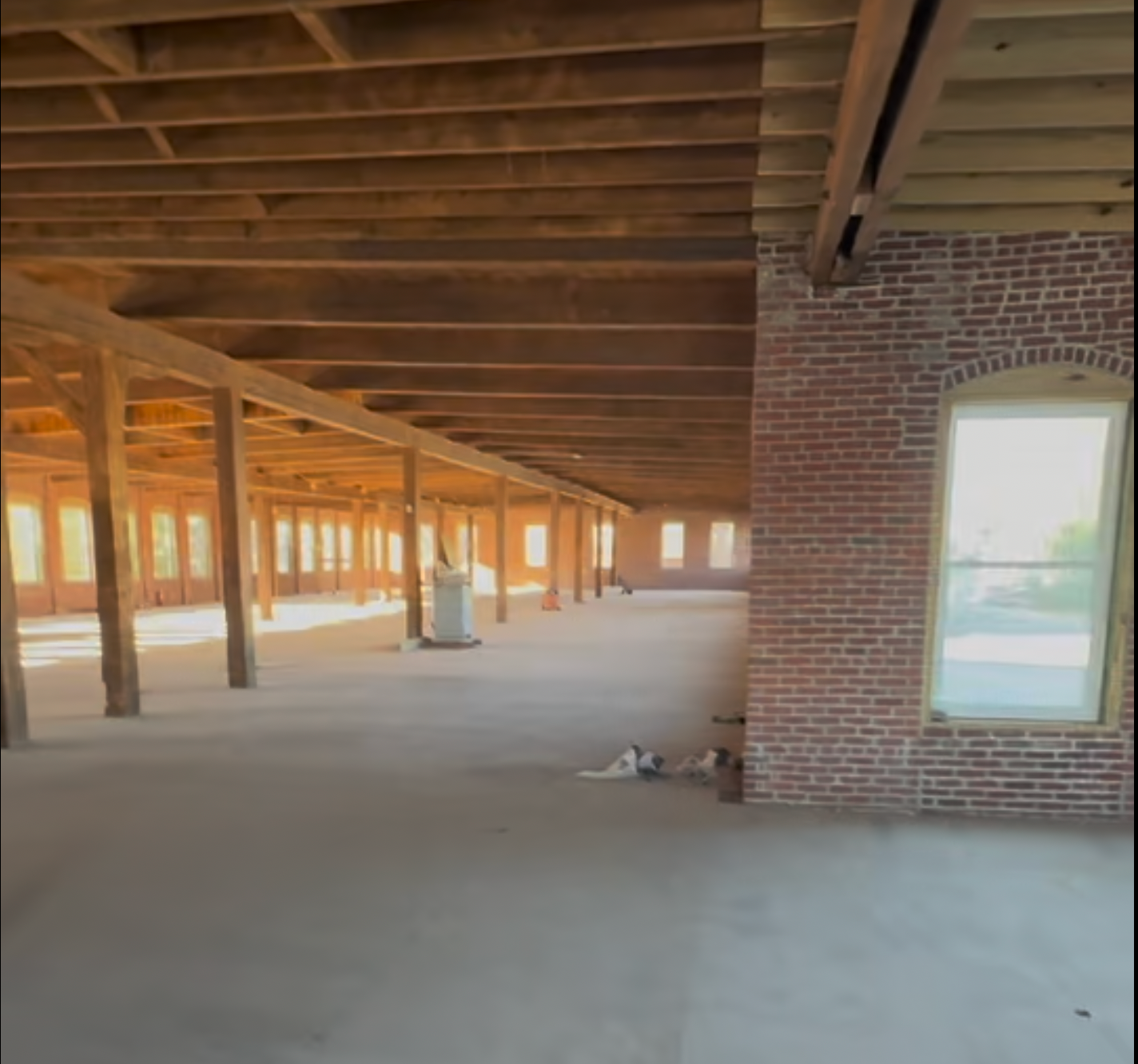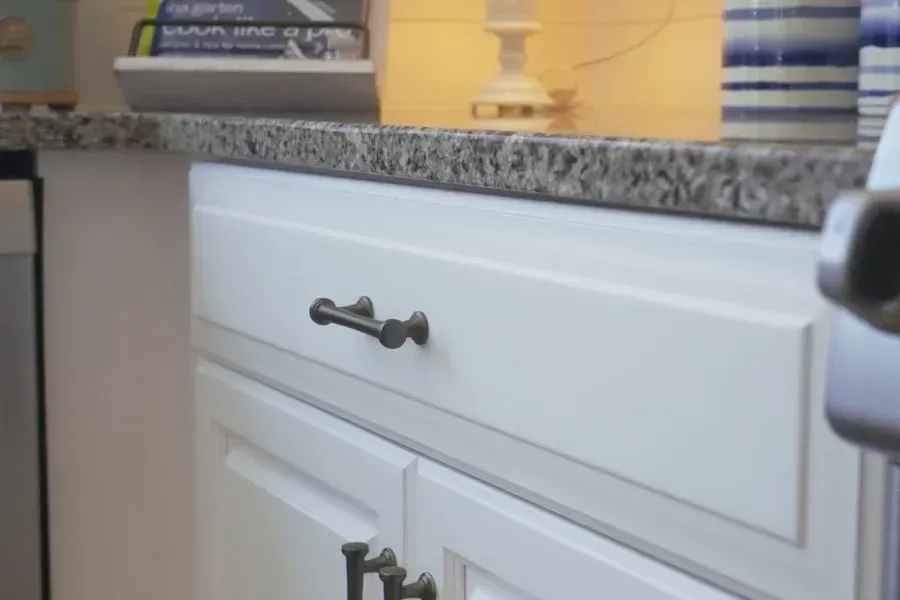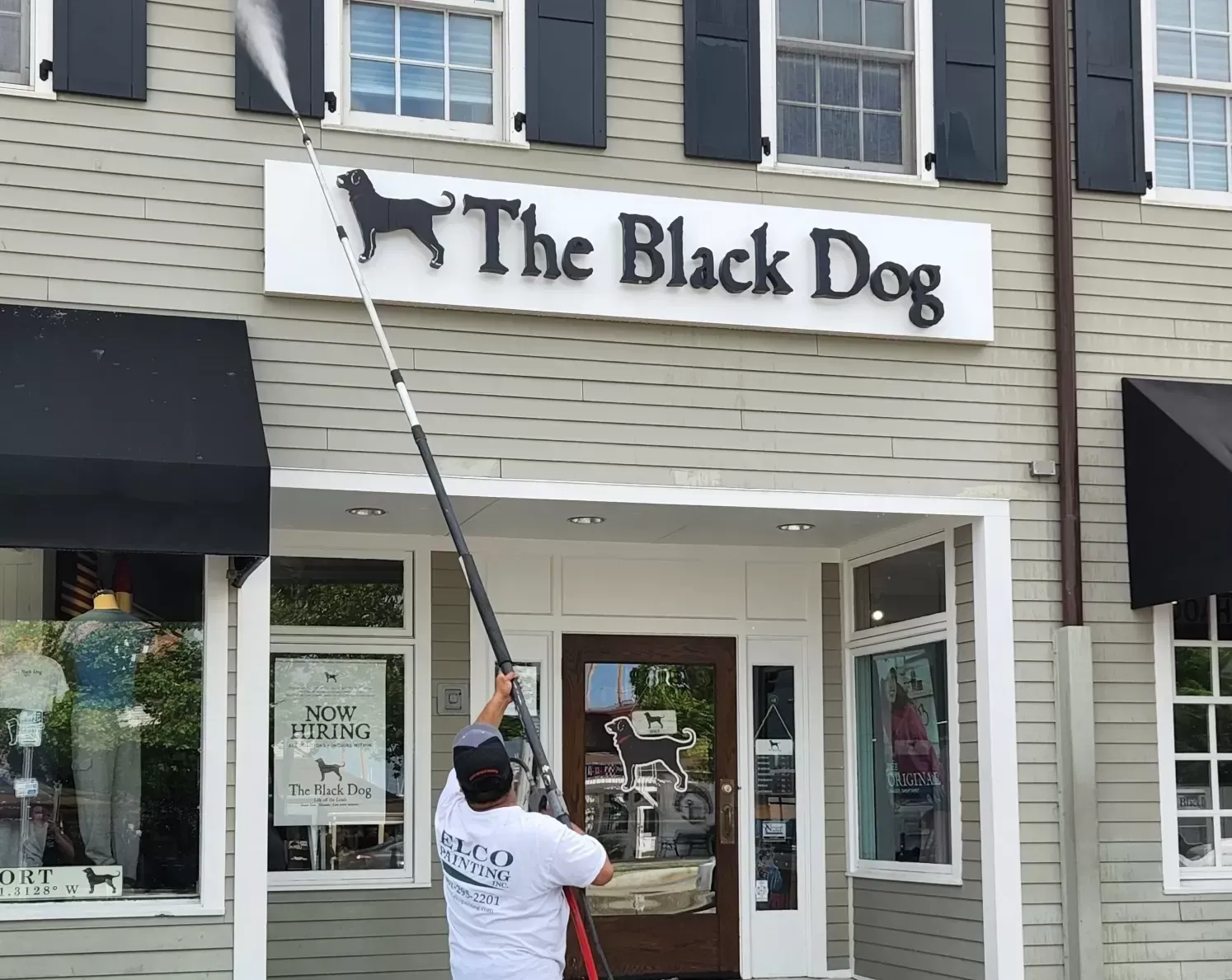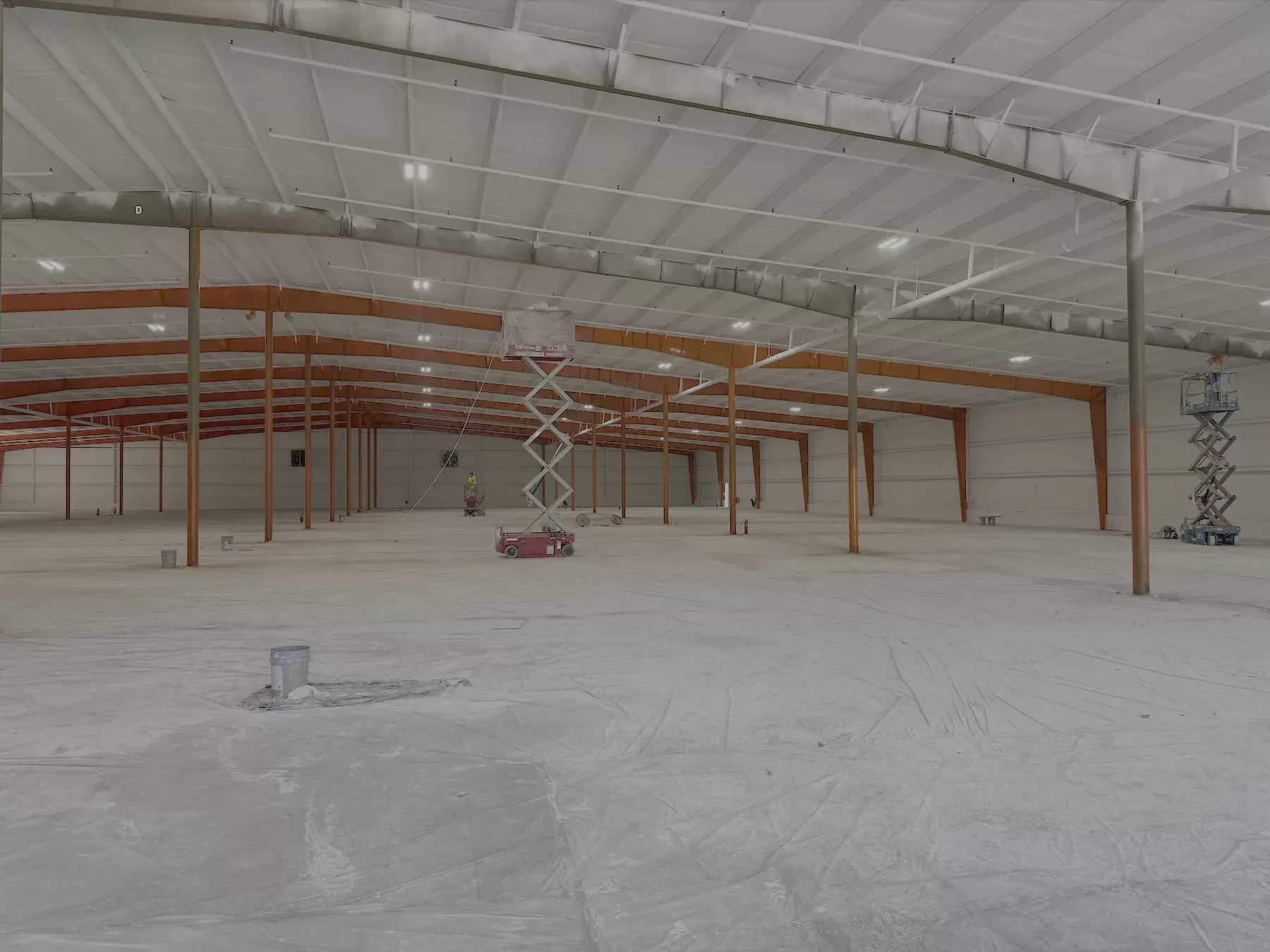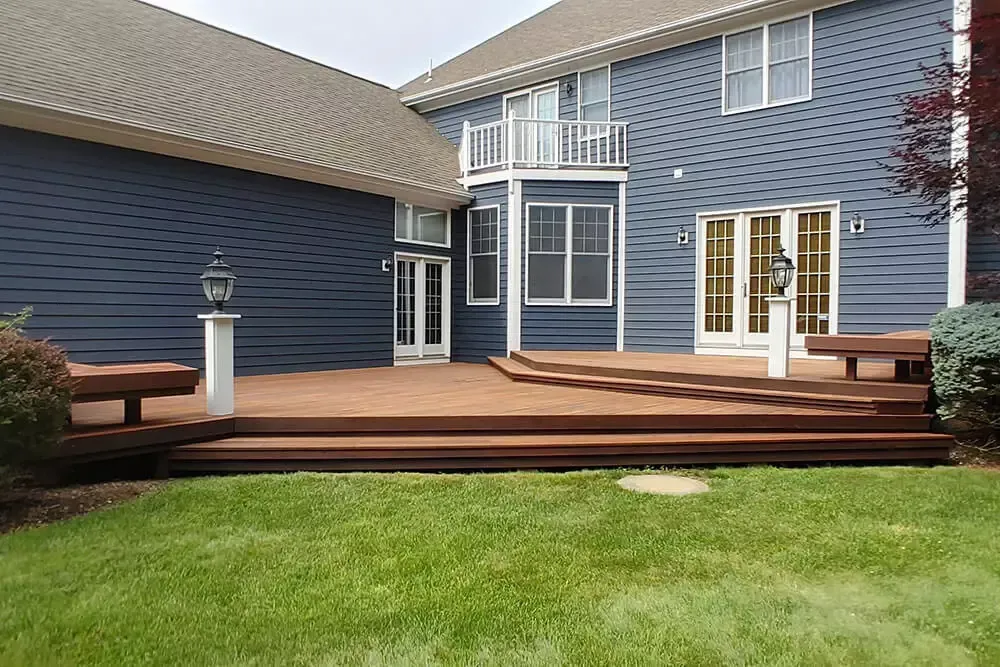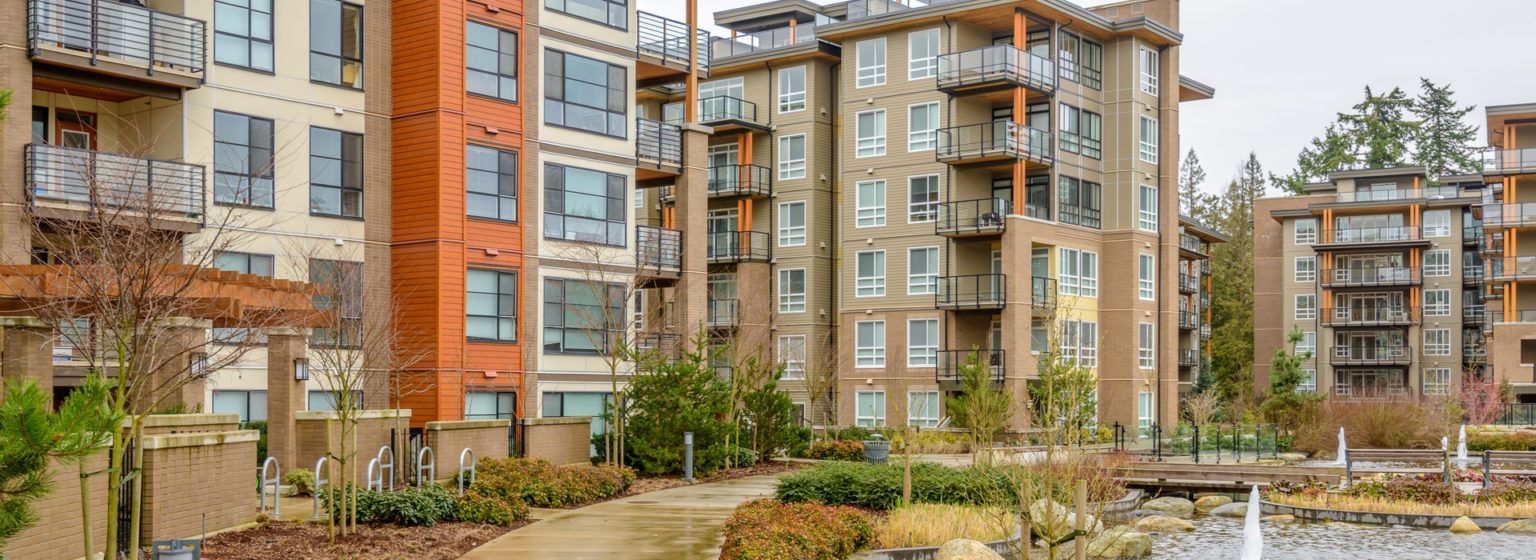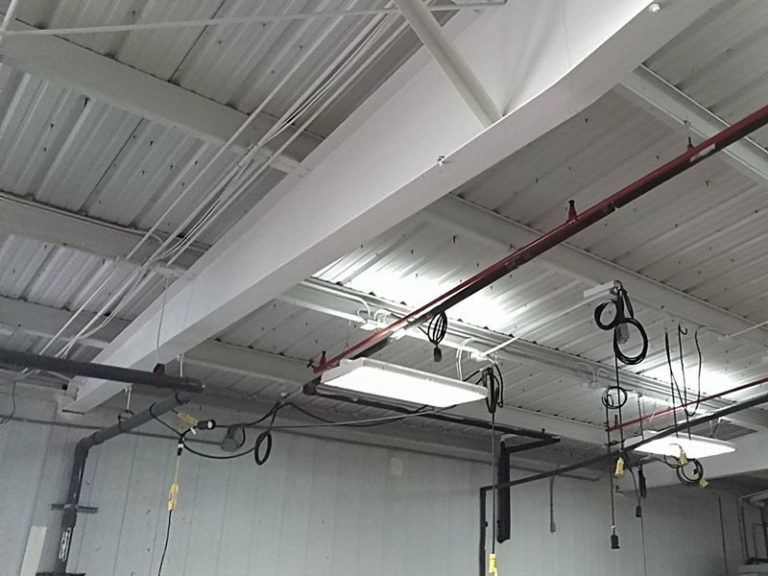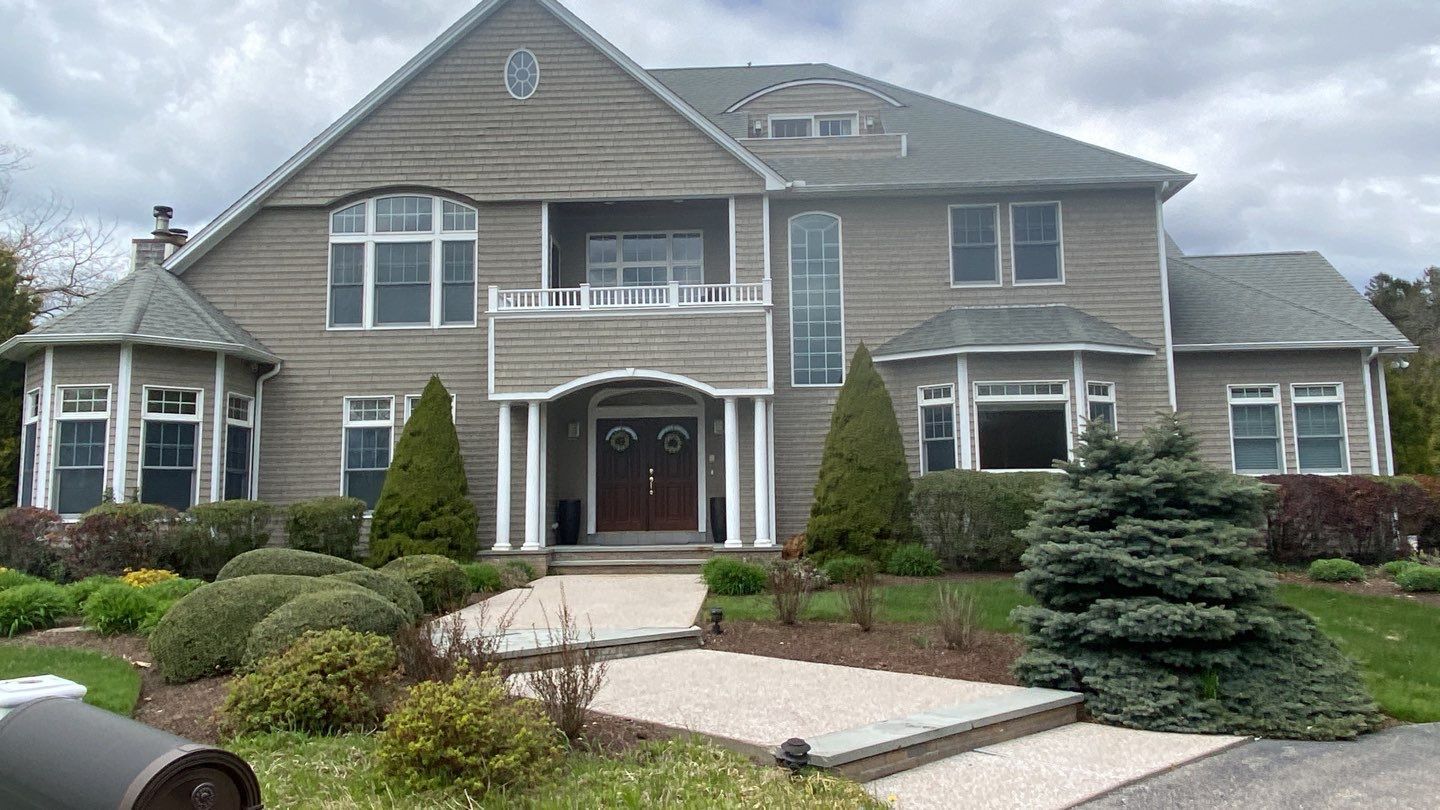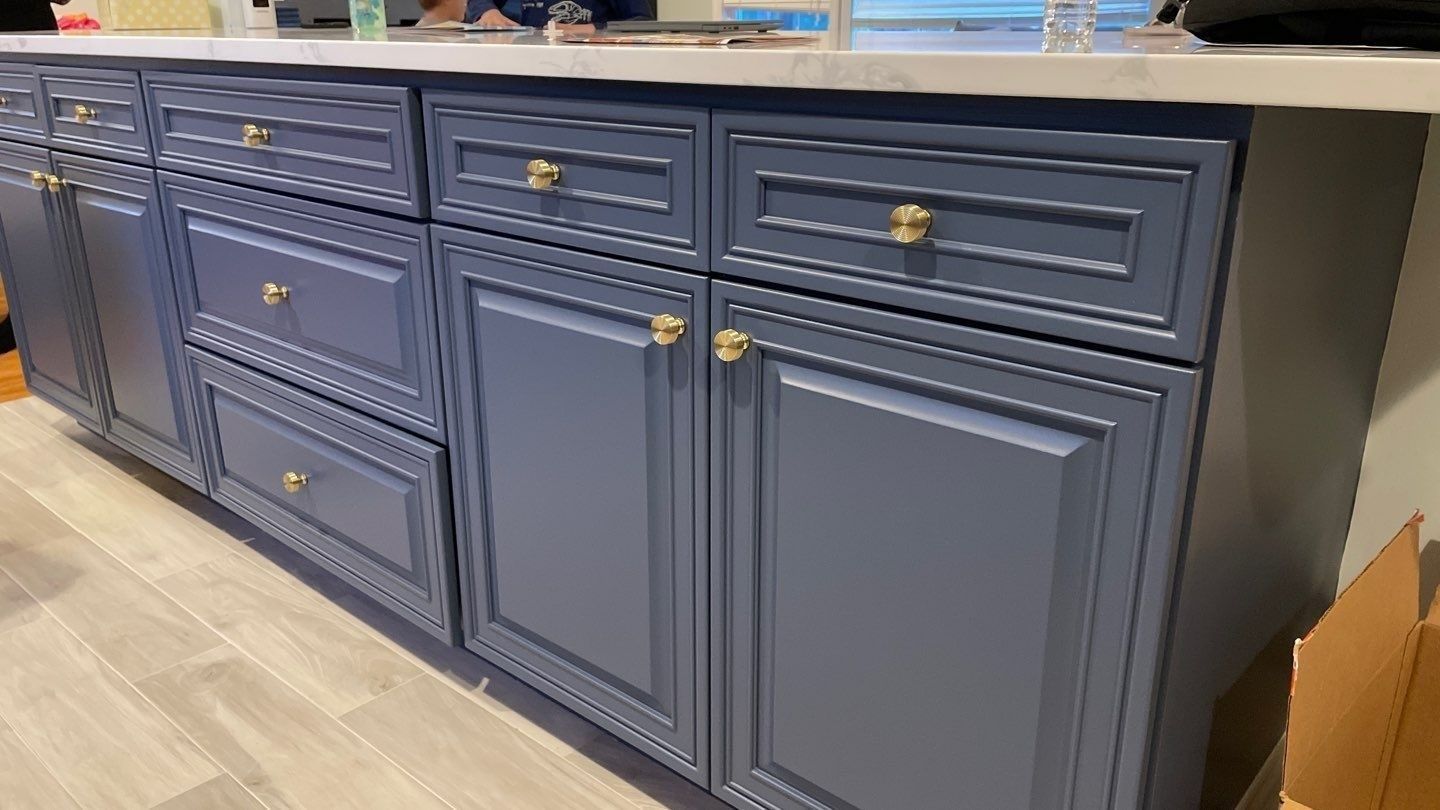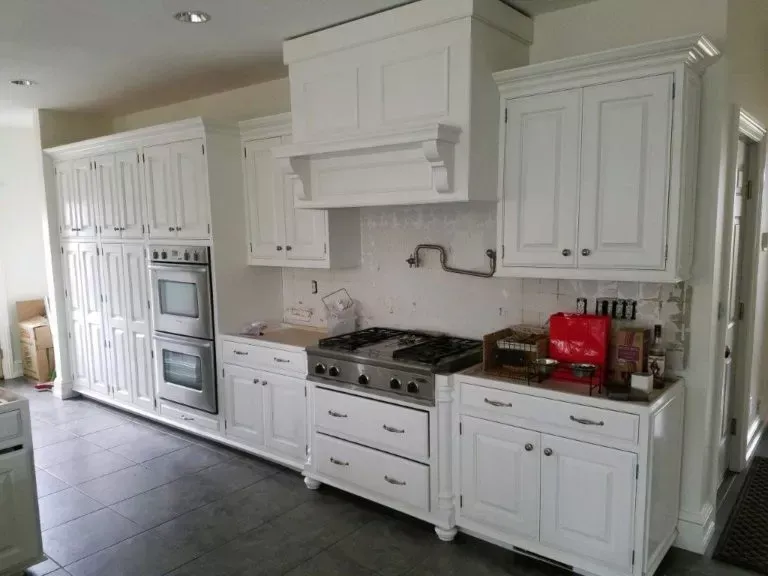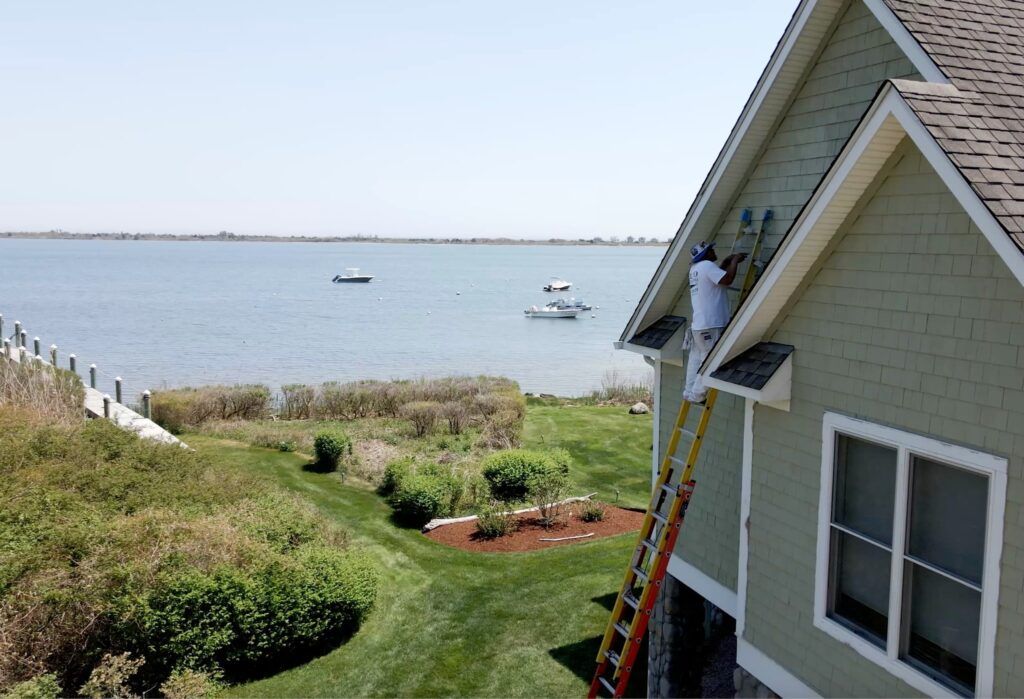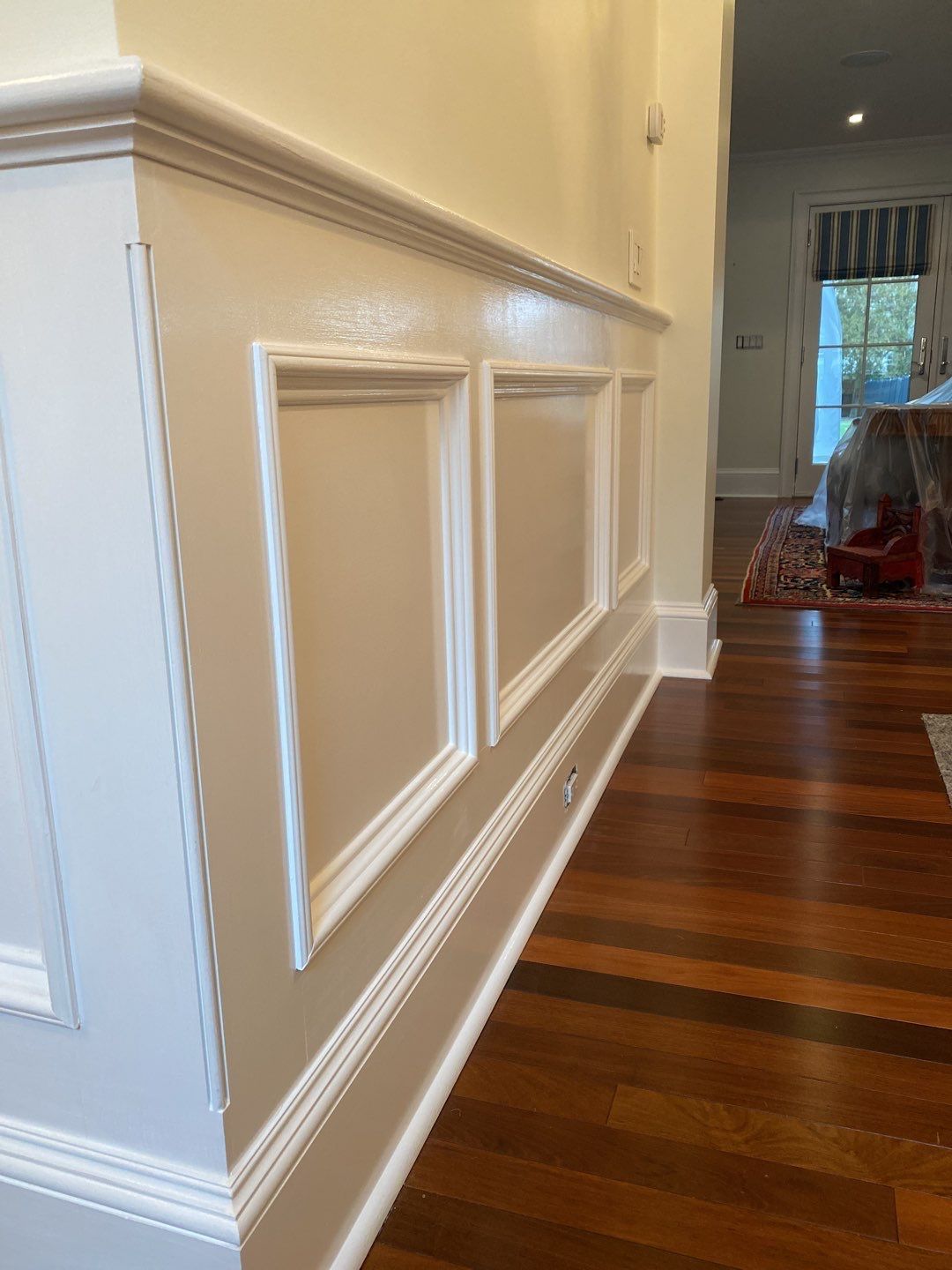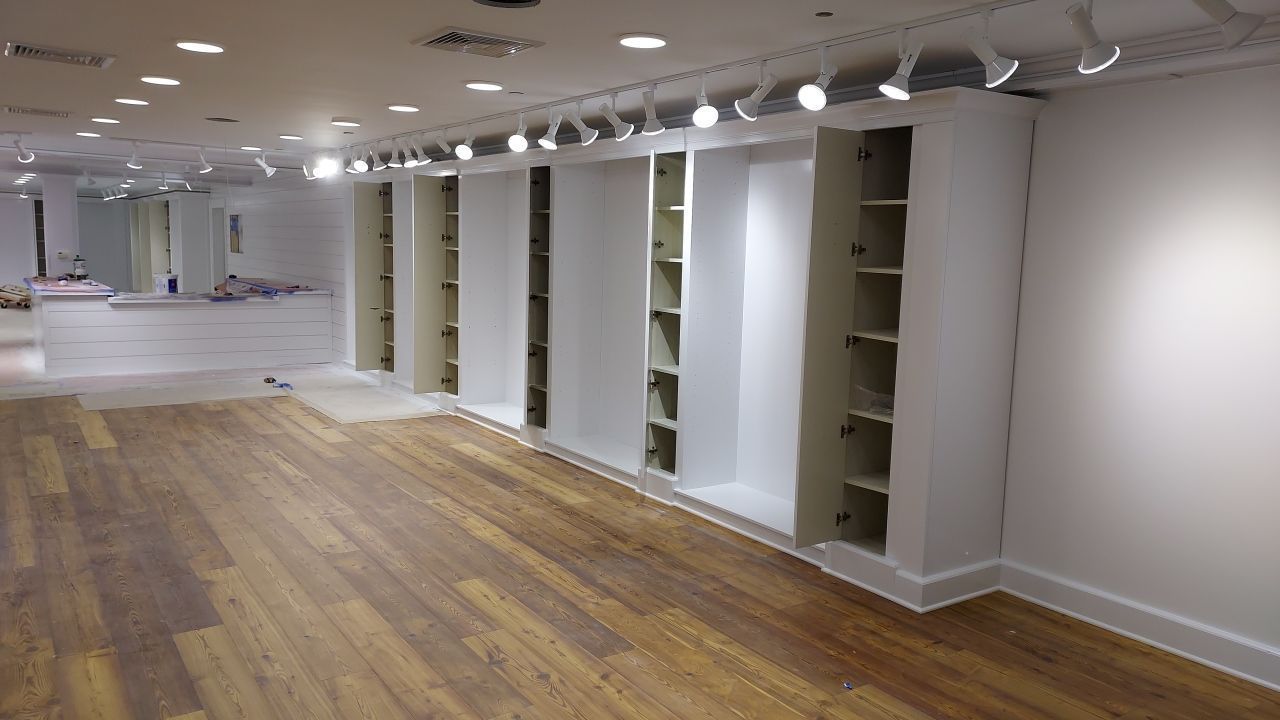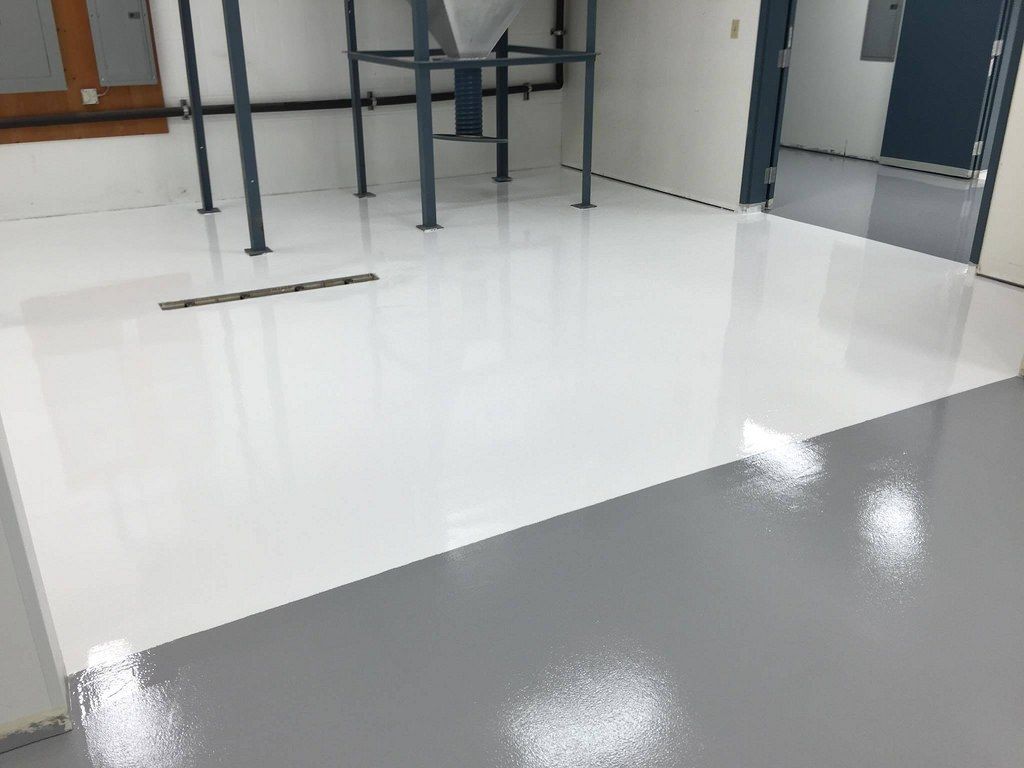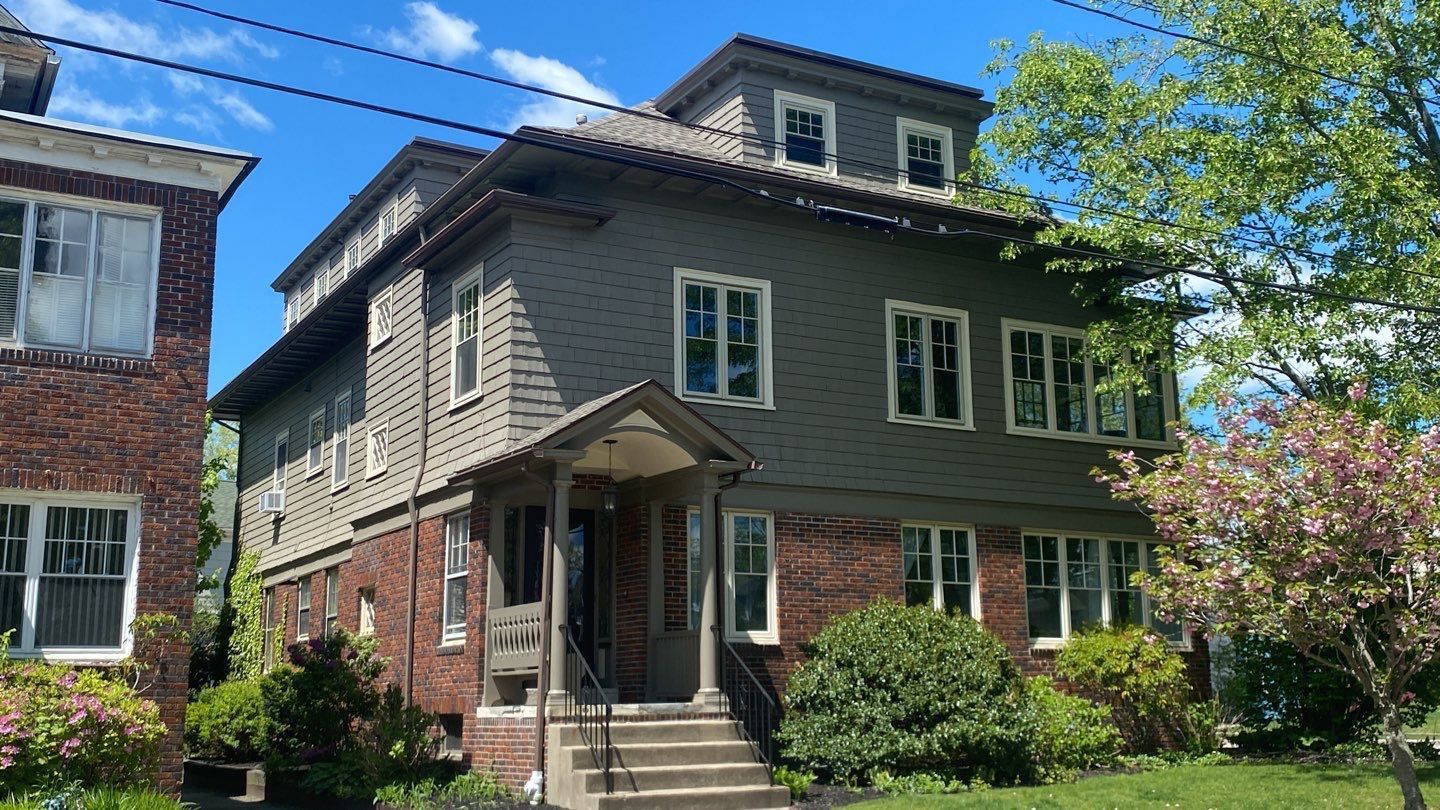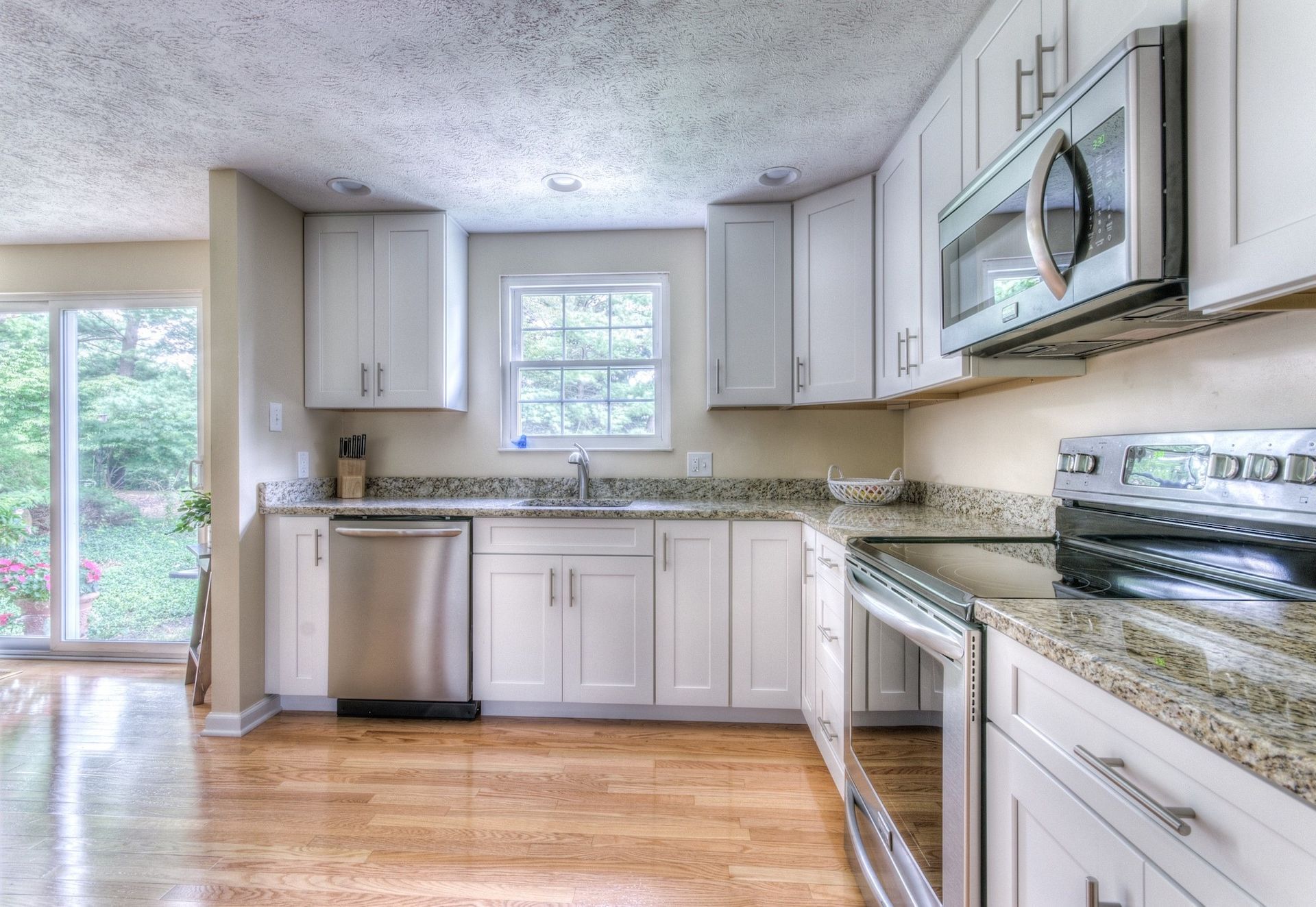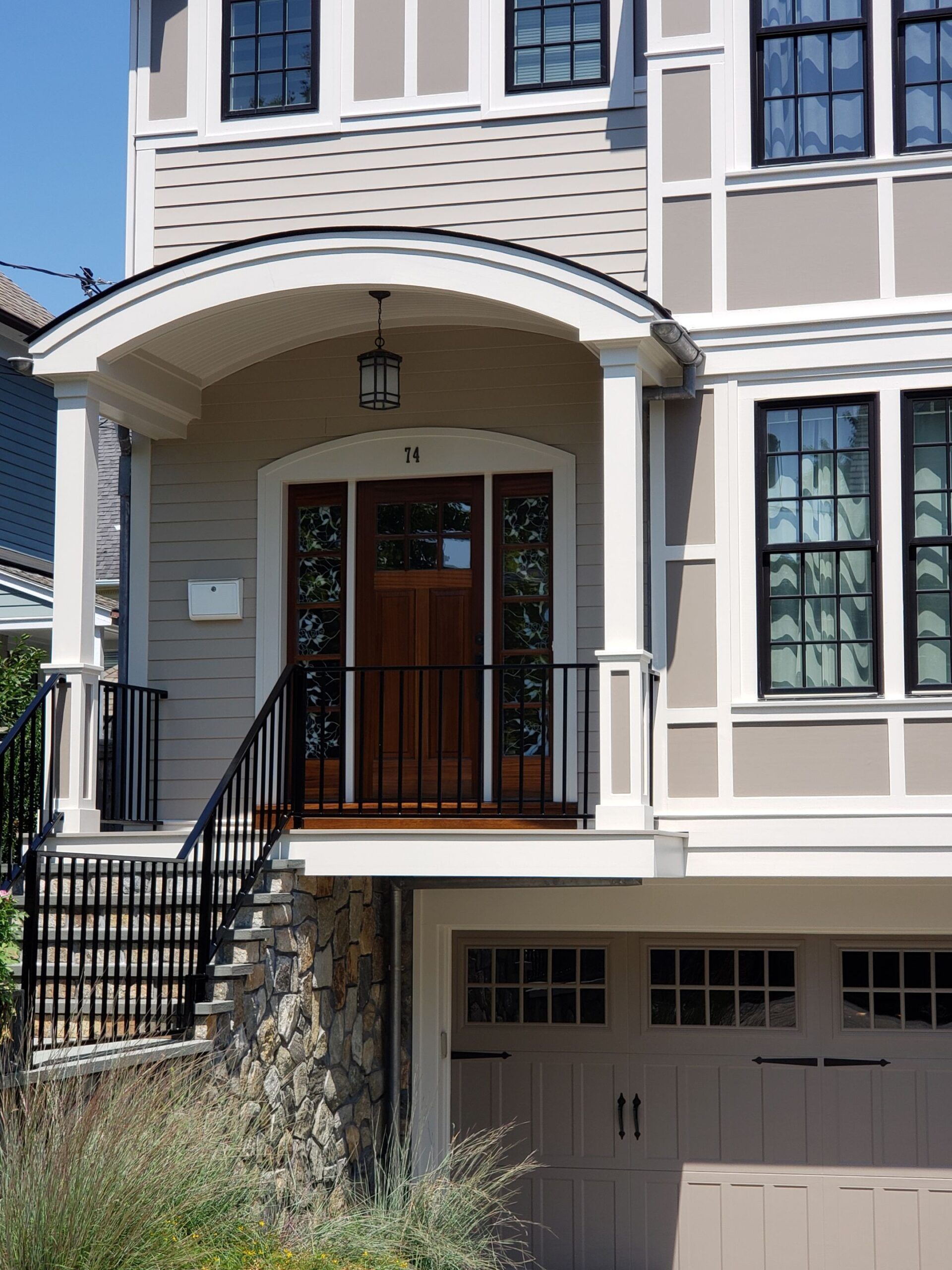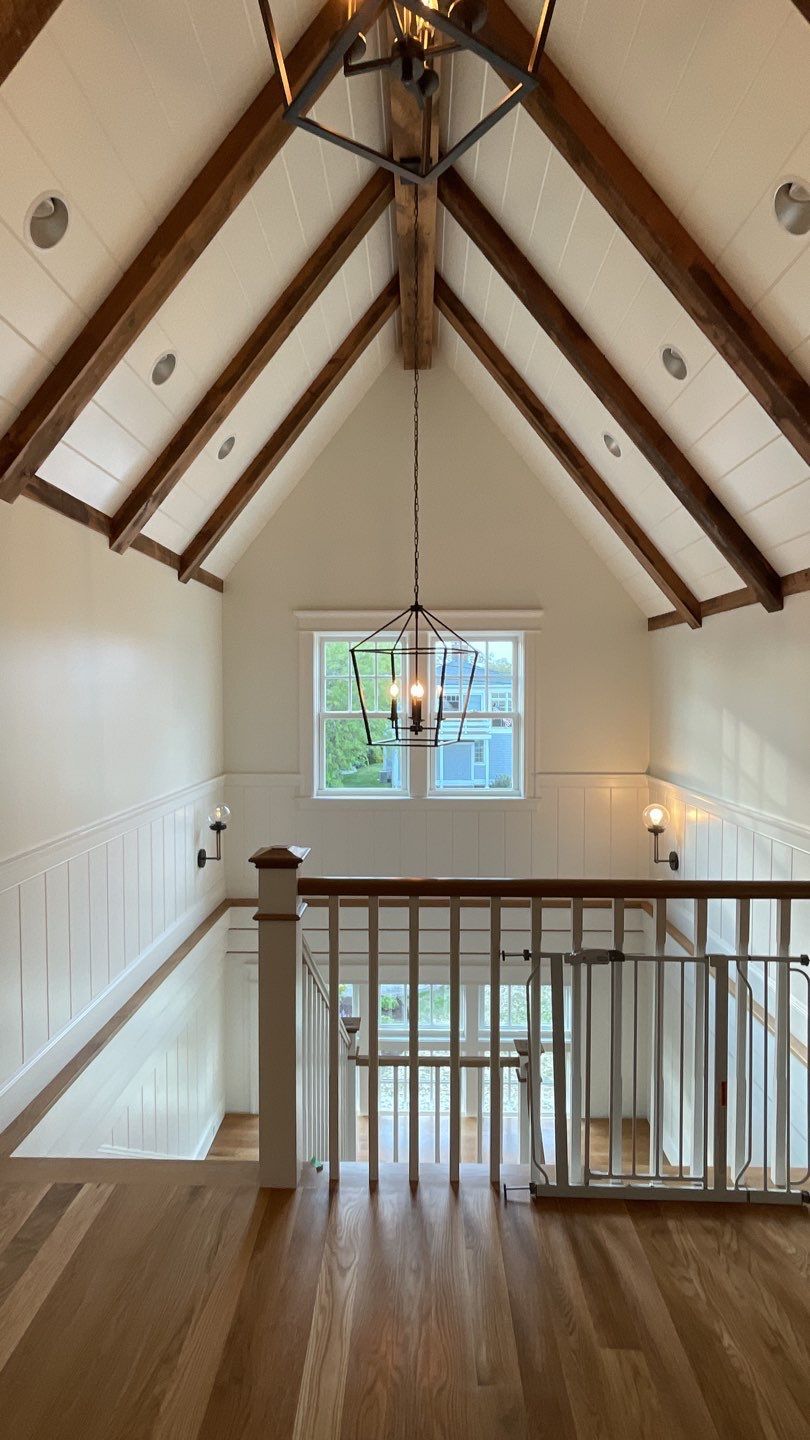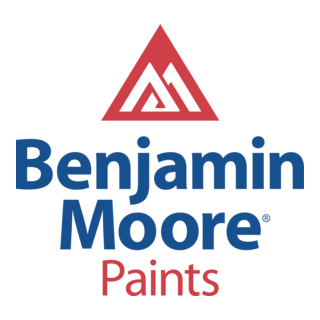Maintaining Your Painted Walls: Tips for Longevity and Easy Cleaning
There is nothing like a fresh coat of interior paint over an outdated wall. You know the feeling; the color pops, there is not a smudge in sight, and the whole room feels as clean as a suite. But the question is: will it last?
Many Rhode Island residents enjoy those few moments of glory only to accept the gradual degradation of their paint over time. The good news? This can be avoided, or at least drastically slowed down. While no interior paint lasts forever, understanding how to properly maintain and clean your painted walls can significantly extend their life and keep them looking as fresh as the day they were painted.
Choosing the Right Interior Paint
Before we talk about maintaining an already painted wall, we can’t pretend that any kind of paint is as good as another. Selecting the appropriate paint is the first step in ensuring the longevity of your walls. Different qualities and finishes offer varying degrees of durability and ease of maintenance.
- Quality: Invest in high-quality paint for better durability. Higher quality paints resist fading, yellowing, and staining more effectively.
- Moisture and Mildew Resistance: In spaces with higher humidity levels, such as bathrooms or basements, choose paints that are specifically formulated to resist moisture and prevent the growth of mildew and mold. These paints can help maintain the integrity of the paint surface even in damp environments.
- Finish: Different finishes (matte, eggshell, satin, semi-gloss, gloss) have different levels of durability. Semi-gloss and gloss finishes, for instance, are easier to clean and are ideal for high-traffic areas.
Daily and Weekly Wall Care
Regular care is crucial in maintaining the appearance of your painted walls. Simple, routine cleaning can prevent the buildup of dirt and reduce the need for more intensive cleaning.
- Dusting: It may not seem very important, but regularly dusting your walls with a soft cloth or duster will prevent buildup of dirt and grime.
- Spot Cleaning: For small marks or scuffs, use a damp sponge with mild soap to wipe it off as soon as you see them. Tip: Test the sponge on a small, inconspicuous area first to ensure it doesn’t damage the paint.
- Maintain Air Quality: Ensuring good ventilation in your home to prevent the buildup of airborne particles on walls. Regularly changing air filters in HVAC systems can help reduce the amount of dust and particles that settle on walls.
- Avoid Moisture Accumulation: Keep an eye out for any signs of moisture or water damage on walls, especially in areas prone to humidity or moisture buildup (like bathrooms and kitchens).
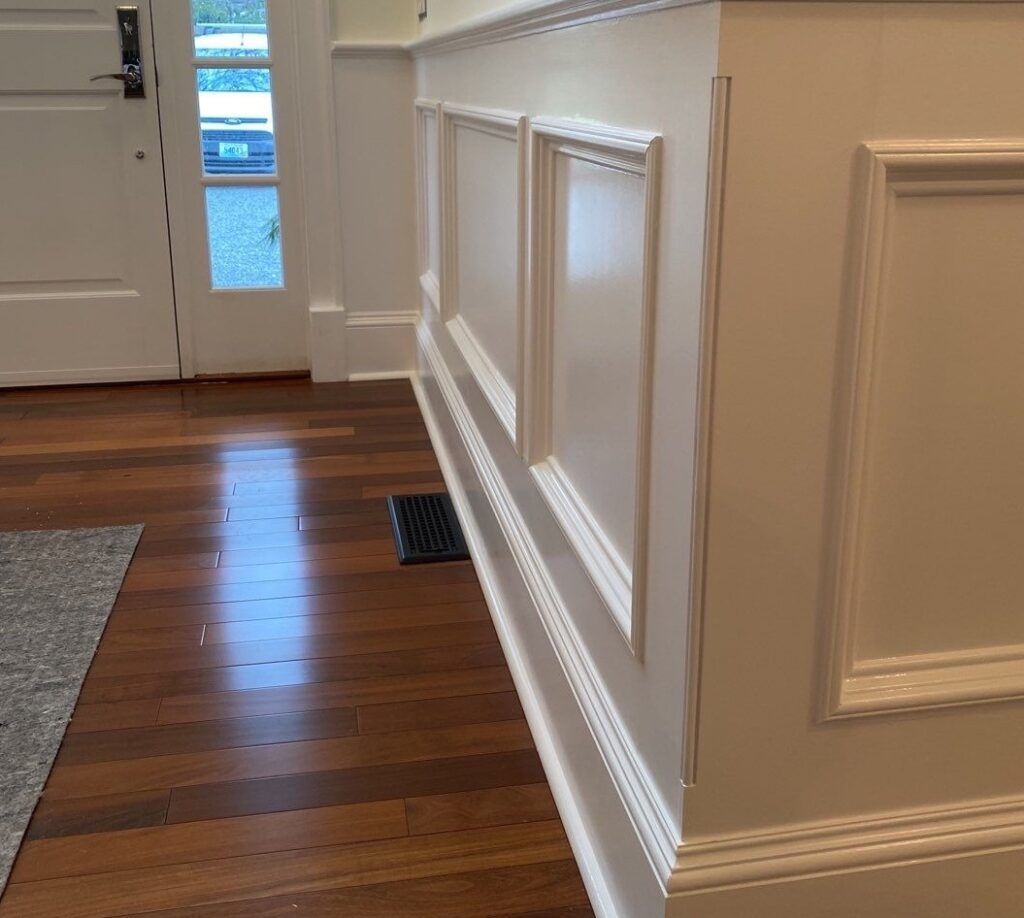
Dealing with Stains and Spills
When accidents happen, the way you respond can make a big difference in preventing permanent stains.
Act Quickly: The sooner you address spills and stains, the easier they are to remove. Over time, stains can seep deeper into the paint or wall surface, especially if it’s porous. This absorption makes it harder to remove the stain completely as it becomes ingrained within the material.
Gentle Cleaning Solutions: Use a mixture of warm water and mild detergent for most stains. For tougher stains, consider using one of the following:
- Baking soda paste
- Vinegar solution
- Magic eraser
How To Clean Your Paint Without Damaging It
It’s important to clean your walls in a way that preserves their finish and appearance. Always use soft sponges or cloths to avoid scratching the paint. Also, no harsh chemicals. It may be tempting to use bleach or acetone on those stubborn stains, but you will likely remove more than you want! Stick to cleaners designed for paint, or those made from less abrasive ingredients.
Protecting Walls from Everyday Wear and Tear
One of the best ways to keep your walls smudge and scratch-free is to do everything you can to prevent them in the first place. Here are a few precautions you can take:
Furniture Placement: Keep furniture slightly away from walls to prevent scratches and scuffs.
Use Protective Accessories: Wall guards, chair rails, or door stoppers can help protect walls in high-traffic areas.
When to Repaint
Understanding when to repaint is just as important as maintaining your current paint. However, knowing when it’s time to repaint a wall depends on several factors, including the condition of the existing paint, signs of wear and tear, and personal preferences. Here are some indicators that might suggest it’s time to repaint a wall:
- Visible Fading or Discoloration
- Cracking, Peeling, or Flaking Paint
- Stains and Marks that Can’t Be Removed
- Visible Wear and Tear
- Estimated lifespan of paint (Usually between 5-10 years)
If your walls are too far gone to implement these maintenance tips, Elco Painting can give you a clean slate to work with. Contact us today!

